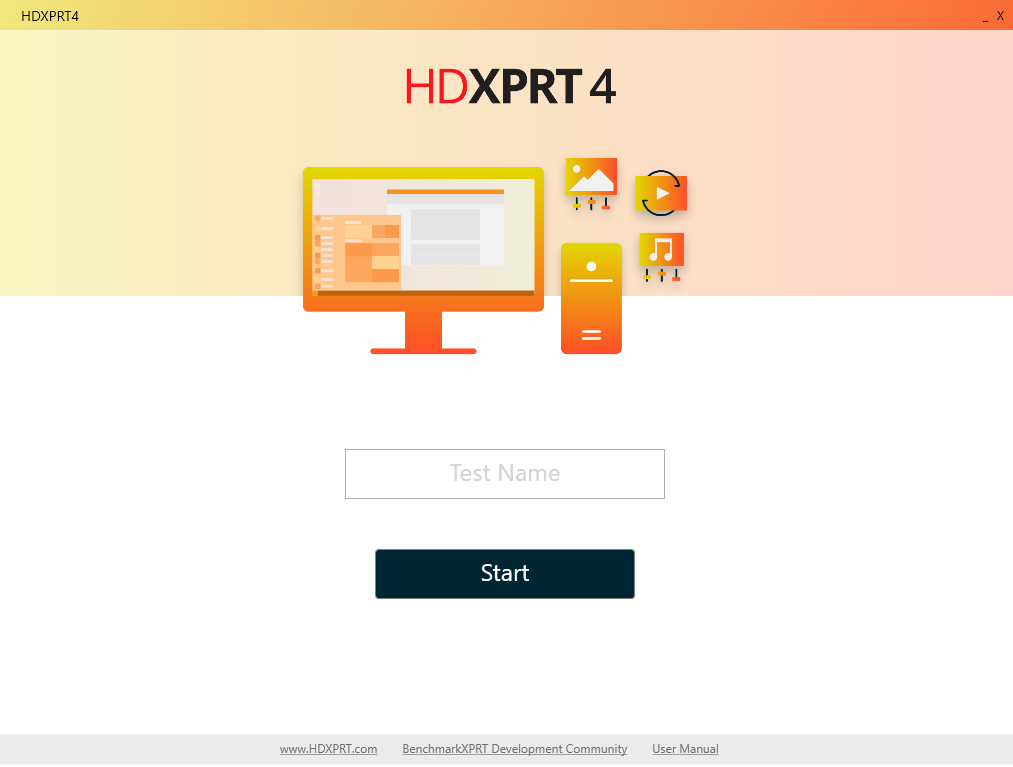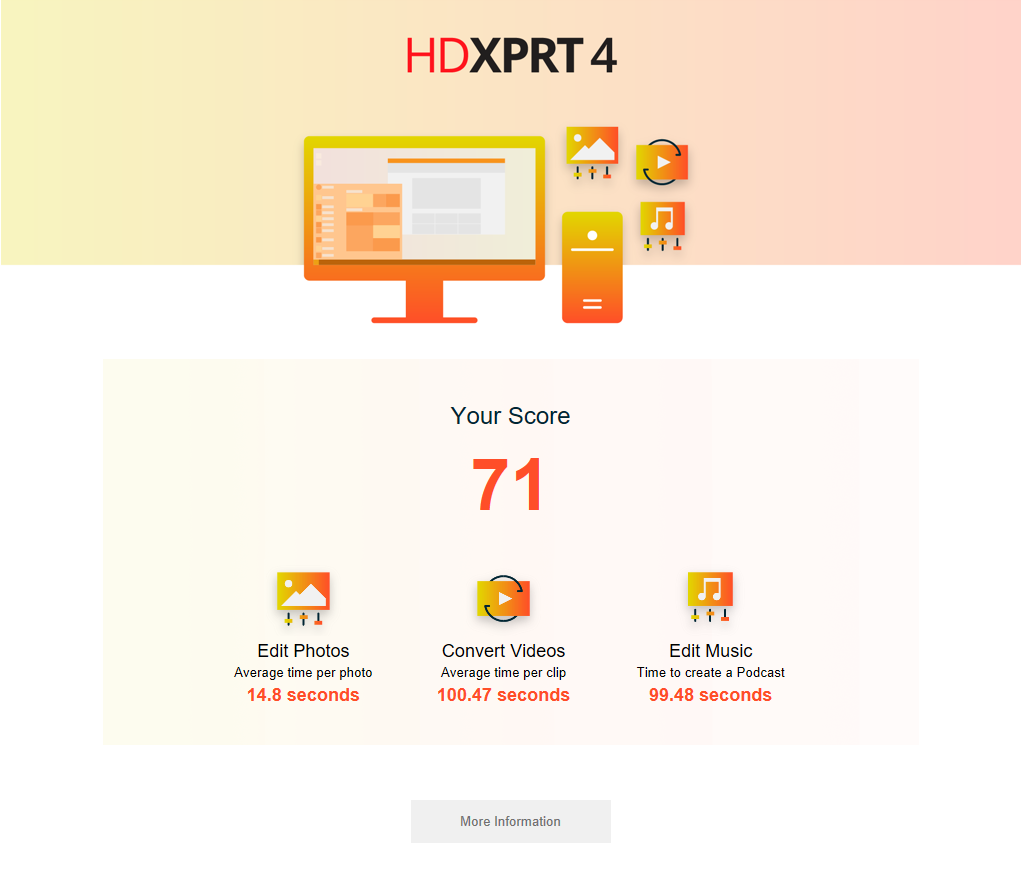Testers searching for CrXPRT in the Chrome Web Store may be puzzled to see “no results.” While CrXPRT no longer appears in Chrome Web Store searches, the app is still live in the store and there’s nothing wrong with it. CrXPRT is freely available and functioning normally, but you can access it only through a direct link. It’s an unusual situation that results from a strategic decision by the Chrome team, a decision affecting many apps in addition to CrXPRT.
For several years, Chrome supported two types of apps—hosted apps that wrap online websites, and packaged apps that have offline capability. CrXPRT is a packaged app built for Chrome OS. In December 2017, the Chrome team stopped providing search and browse functions for hosted and packaged apps in the Chrome Web Store. Instead, they’re encouraging folks to develop Progressive Web Apps. You can read about the reasoning behind this decision on the Chromium blog. Despite this shift in focus, the Chrome Web store will continue to support existing apps packaged for Chrome OS.
In short, the Chrome Web Store will support CrXPRT for the foreseeable future, and we’ll continue to issue any necessary bug fixes through the store. With the help of the community, we’ll reevaluate CrXPRT next year and decide the best way forward for the app. In the meantime, you can access CrXPRT from the direct link below and from CrXPRT.com. Note that the direct link may take you to a splash page if you use an unsupported platform.
CrXPRT 2015: https://chrome.google.com/webstore/detail/crxprt/hiajijaeaacmnpjpkcfnhohmaijanjgf
Please let us know if you have any questions.
Justin














